Germinating seeds successfully means understanding what conditions different seeds require to sprout and making sure those conditions are met. The right germination system can help indoor growers maintain the best possible germination rates.
Starting seeds indoors, whether you continue to grow the plants indoors or transplant seedlings to your garden, is easier than you may imagine. But things can go wrong. Troubleshooting germination is important to avoid some of the most common issues and mistakes.
The good news is that even complete beginners can get to grips with germination and have seeds sprout successfully. You just have to know the basics, provide the right conditions and have the right tools to make your job easier.
Germination: The Basics

No matter what seed starting system you use, the basics of germination remain the same.
First things first, when we talk about germination, we are talking about the process by which seeds start to grow and seedlings first emerge.
Germination is required for us to turn seeds into viable seedlings, then plants. If germination does not take place as it should, then gardeners fail at the first hurdle when it comes to growing their own.
Fortunately, as long as we provide the right conditions, natural processes should proceed smoothly.
In order to provide the right conditions for successful seed starting, we need to think about:
· Temperatures
· Water
· Oxygen Availability
· Light
· Seed Viability
All seeds must be viable and have the right temperatures and moisture levels, oxygen, and light levels in order to sprout successfully.
When things go wrong, looking at these areas will usually provide an answer as to what happened, and what you can do in future to prevent the same issue from occurring again.
Temperatures in Germination Systems

When it comes to temperatures for germination, the first thing you need to know is that different seeds will germinate at different temperatures.
Seeds of different plant species require different temperatures, and each species will have a broad range of temperatures within which they will usuaully germinate successfully, and a smaller ideal temperature range.
Tomato seeds, for example, can germinate between 10 and 35 degrees C. The optimal temperature range, however, is between around 18 and 22 degrees C. If temperatures are kept within the optimal range, tomato seeds will germinate more quickly and germination rates will likely be higher.
Top tip 1: Keep seeds within the optimal temperature range for the best chances of success. A plant propagator, especially a heated germination tray, should help.
One otber important thing to think about when sowing seeds is that some seeds require a period of cold before germination can take place. This is known as cold stratification. Check seed packets or guides for information on the specific species you are growing.
Providing Enough Water for Seeds to Germinate

Seeds always need moisture to germinate. It is important to remember, though, that too much water can be as much of a problem as too little. You need to keep things in the goldilocks zone – in other words, where things are 'just right'.
Top tip 2: Some seeds need more water than others, to break down their coating before they sprout. With some seeds, it can be beneficial to soak them overnight before sowing to improve the rates of germination. This is not always required but may be – it depends on which species you want to grow.
Seeds and Oxygen Needs

One of the reasons why it is important not too water too much is because waterlogging can lead to compaction of the growing medium. The spaces where air should be can be lost, meaning that seeds don't have access to oxygen. They will also be more prone to fungal infection and rot in an overly wet, poorly aerated mix.
Of course, the specifics will depend on what medium you are using to start your seeds.
Top tip 3: Consider starting seeds in a hydroponic system. In a well set up hydroponic system you can ensure sufficient oxygen, reduce the chances of issues with fungal infections like 'damping off', and perhaps even get your seeds to go through the early stages of growth more quickly than in other indoors growing systems.
Do Seeds Need Grow Light To Germinate?

When planting seeds, one important thing you need to know is how deep seeds should be planted. This is often largely dictated by whether or not those seeds need light for germination. Some seeds do need light, while others do not.
Top tip 4: Check whether your seeds need light to sprout. If they do, sow on the surface, or cover them only very lightly. Check that you have the right grow lights if you are growing indoors without access to much natural light.
Seed Viability

If you have provided everything seeds need to germinate, but still are not seeing any seedlings emerge, viability might be called into question.
Seeds are only viable (being viable means they can germinate and grow) for a certain length of time. Some seeds will be viable for only a short period of time, while others last several years. If seeds do not germinate in spite of your efforts, they may simply be too old.
Seeds will also lose viability if they have not been stored correctly. In storage, for example, they may have become too hot or too cold. Store seeds carefully and avoid issues by purchasing or sourcing your seeds from reputable growers.
Top tip 5: Learn how to save your own seeds where possible to save money, become more resilient, and eco-friendly, and get plants better and better suited to your specific growing environment over time.
Troubleshooting germination means looking at temperatures, water availability, oxygen availability, light requirements and viability. Choosing the right germination system will help you ensure that whichever seeds you are sowing, they sprout and grow on into healthy plants.
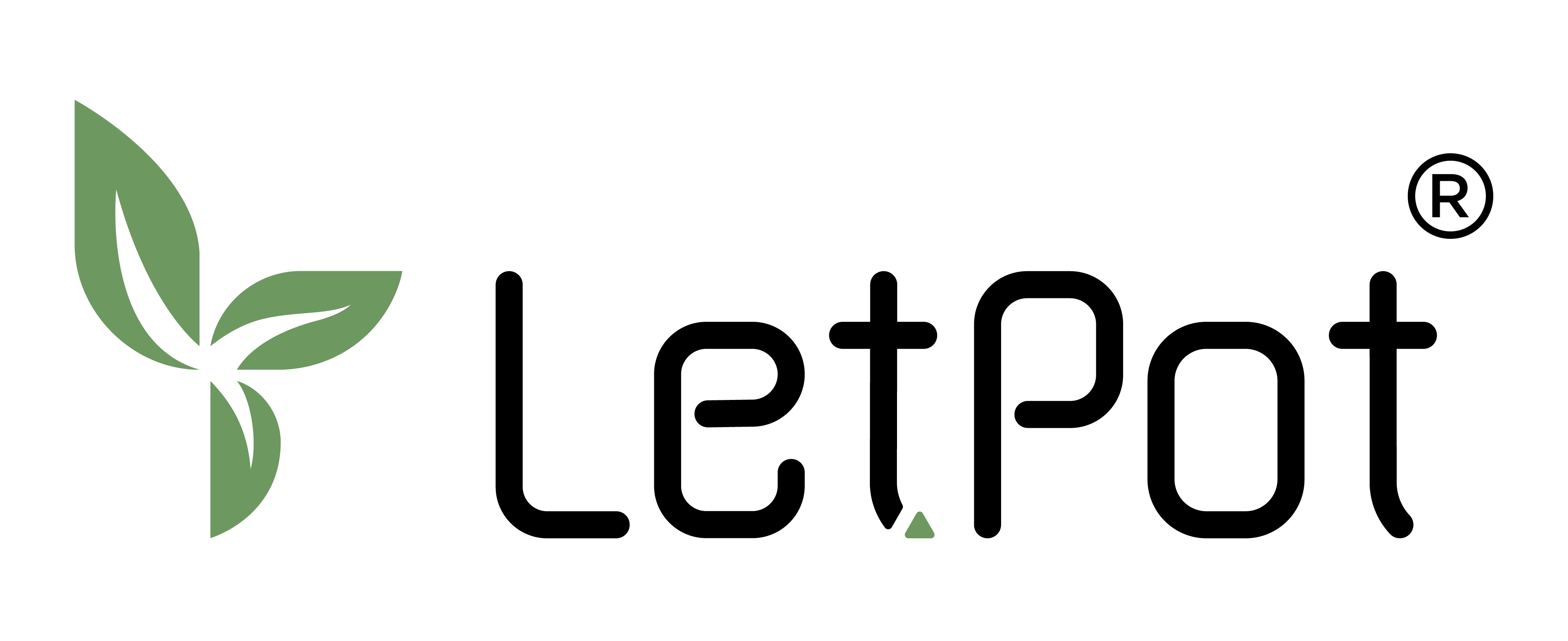
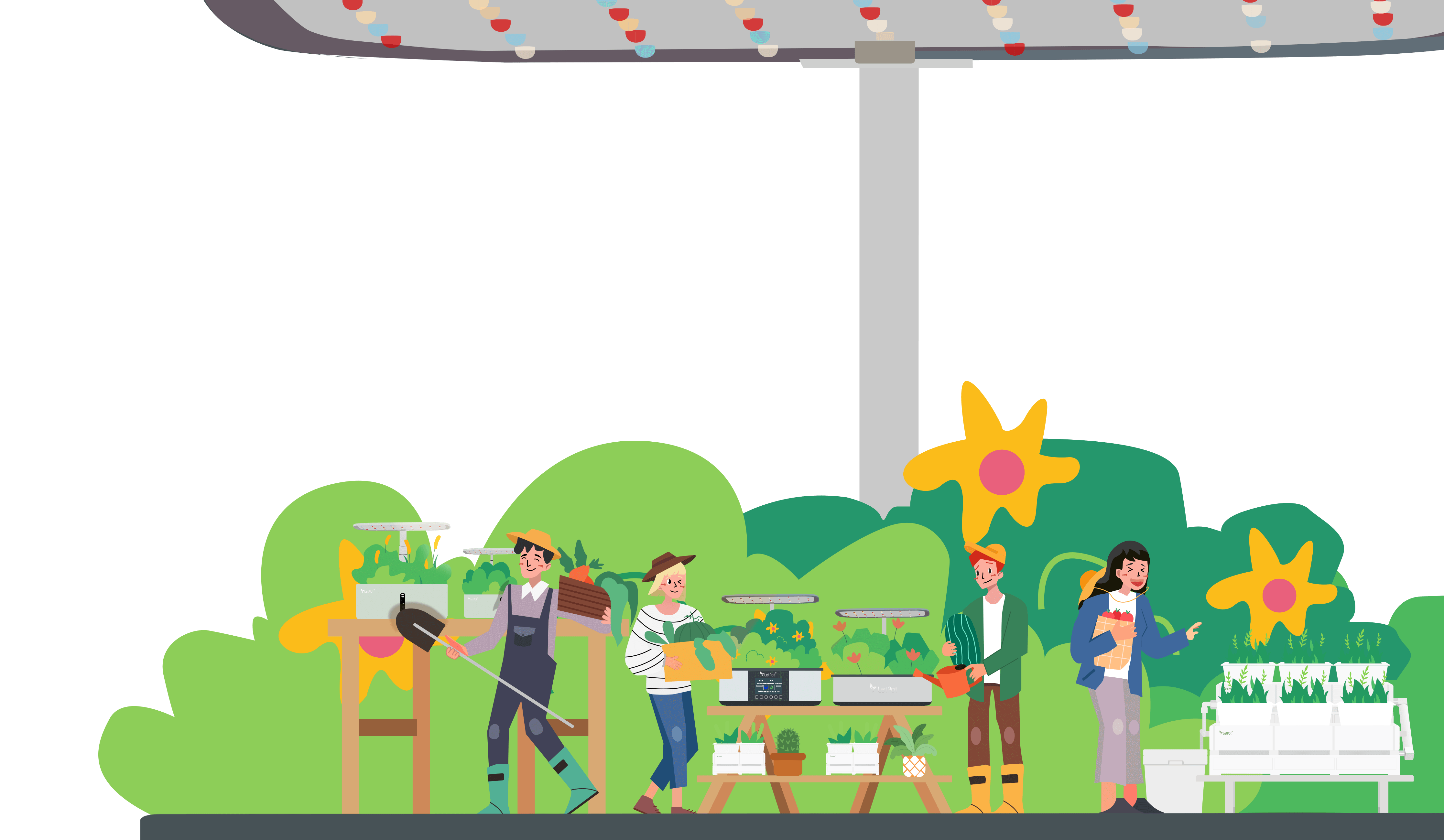



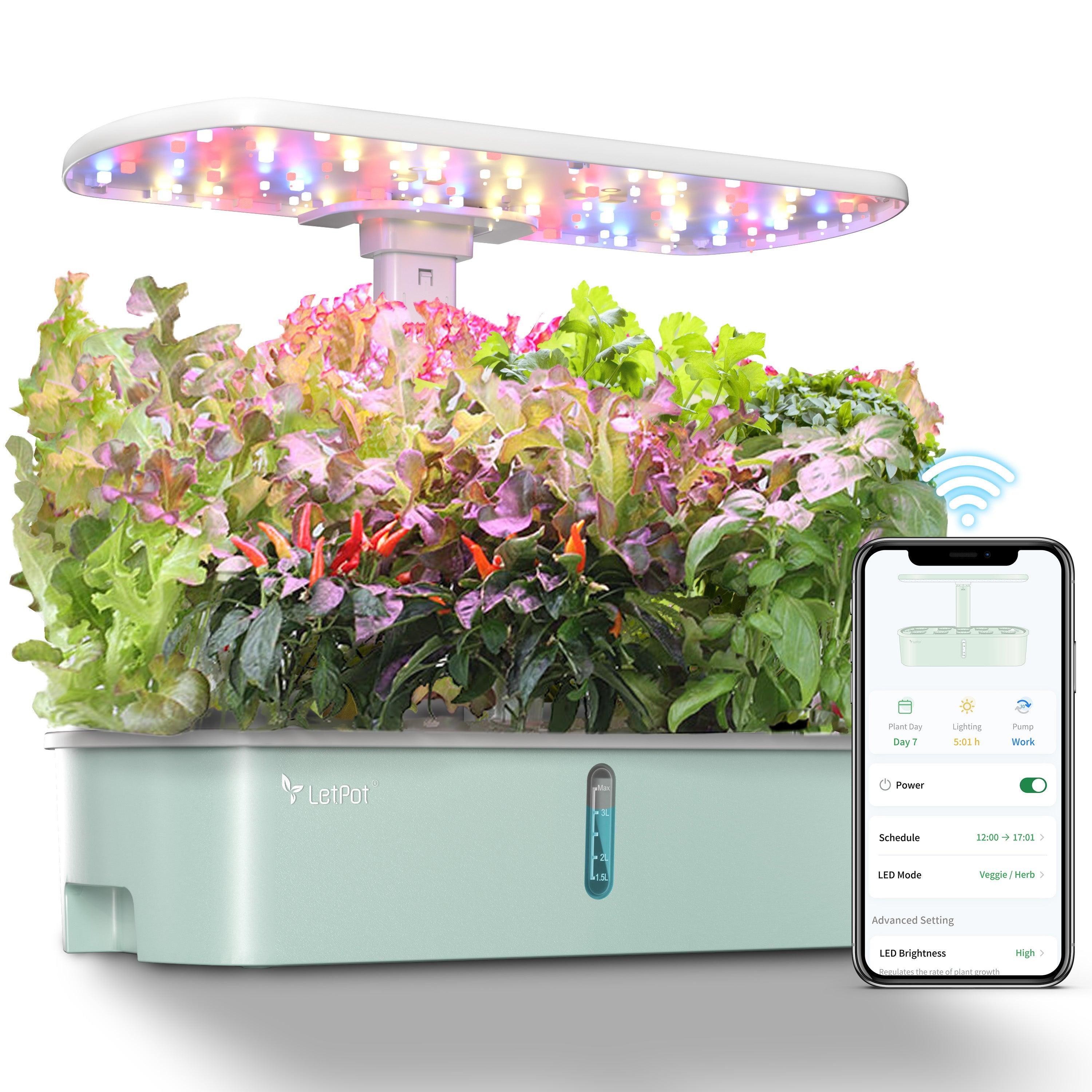
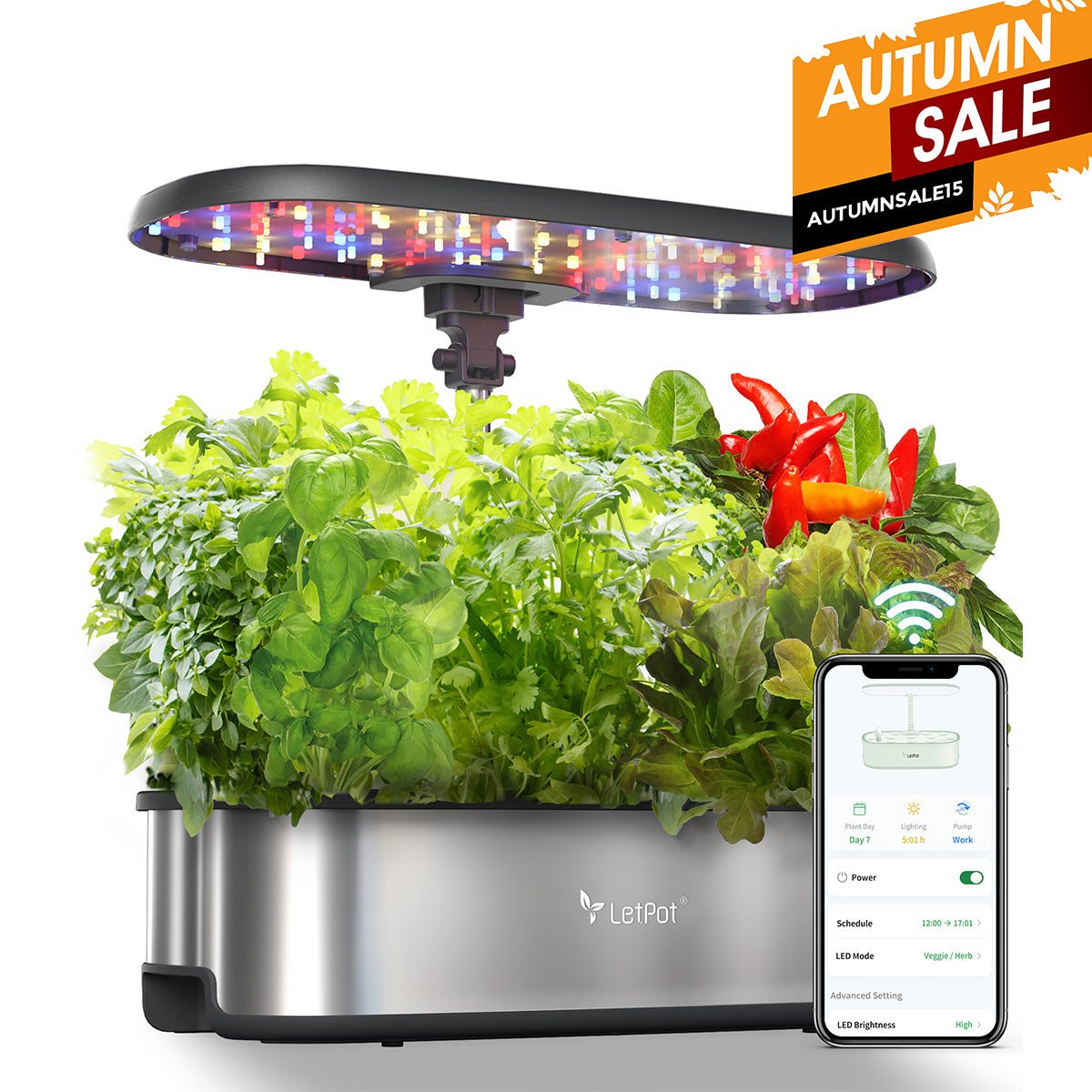
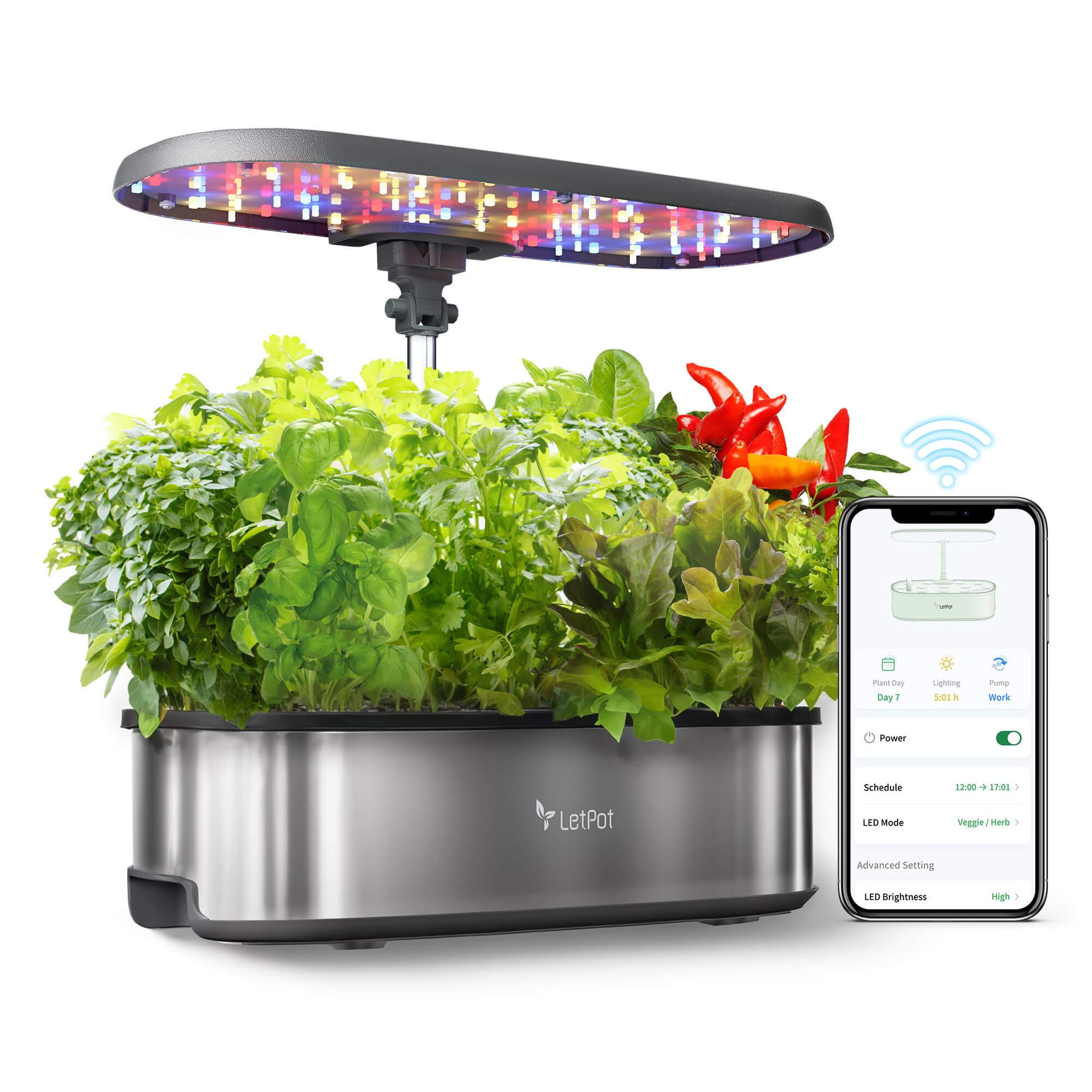
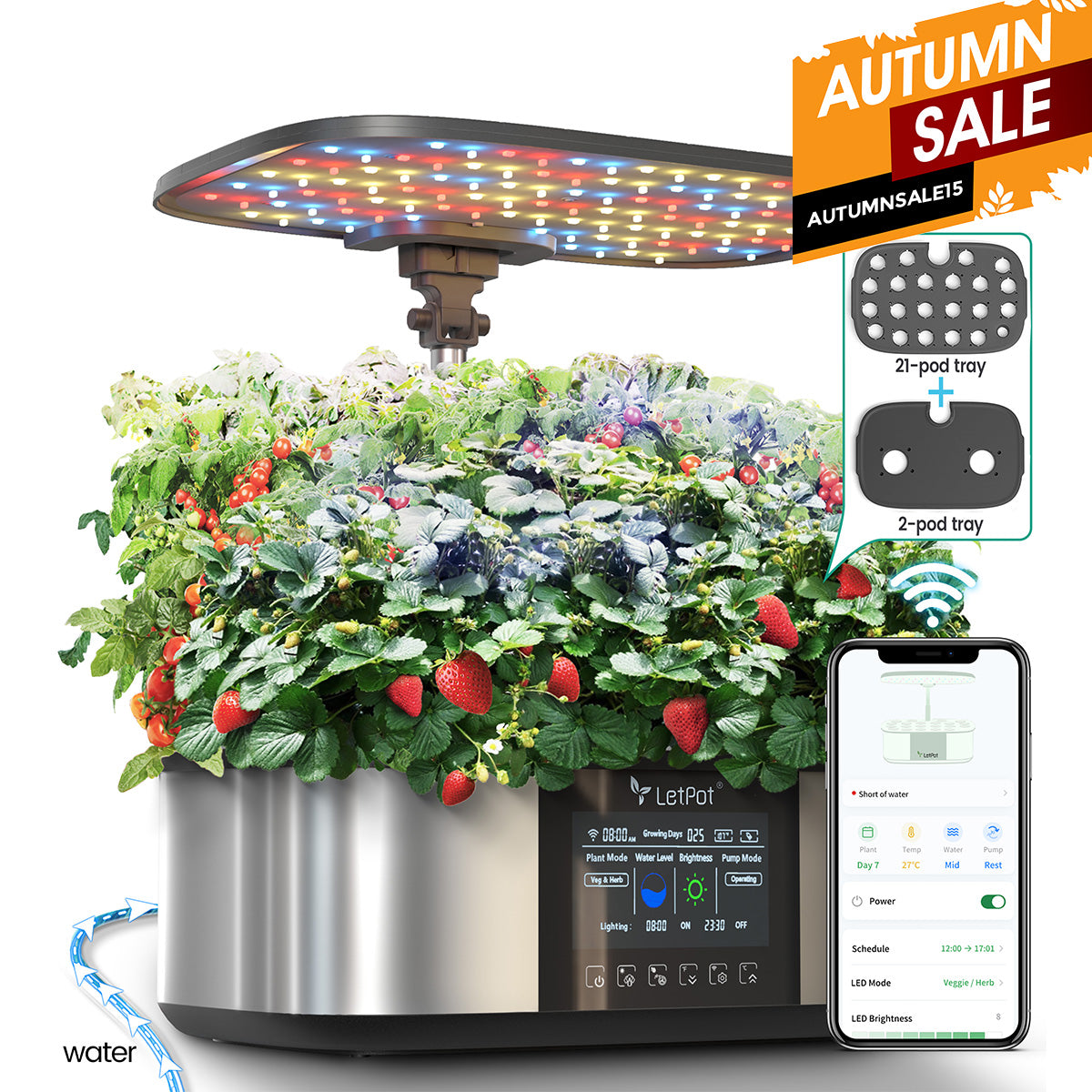
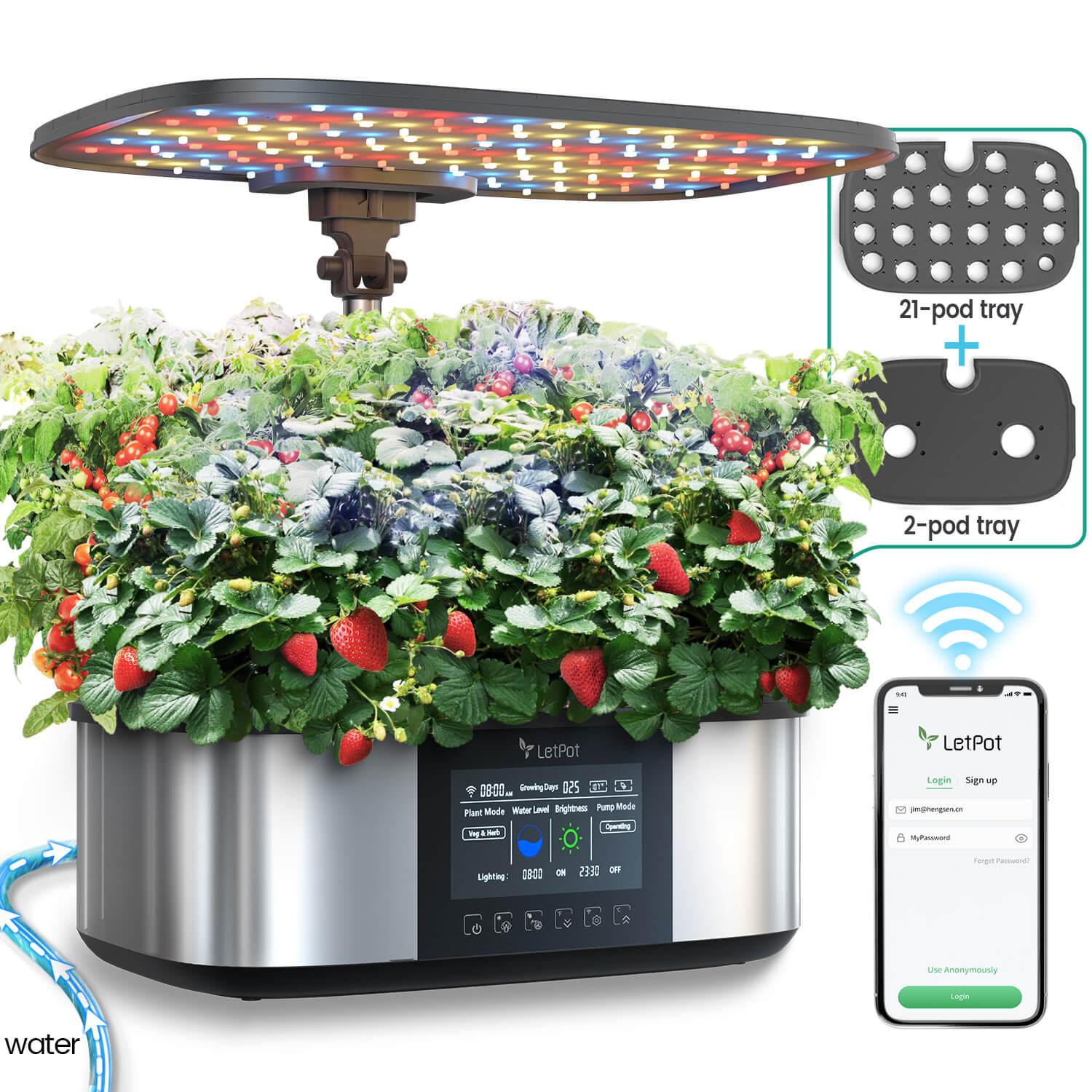
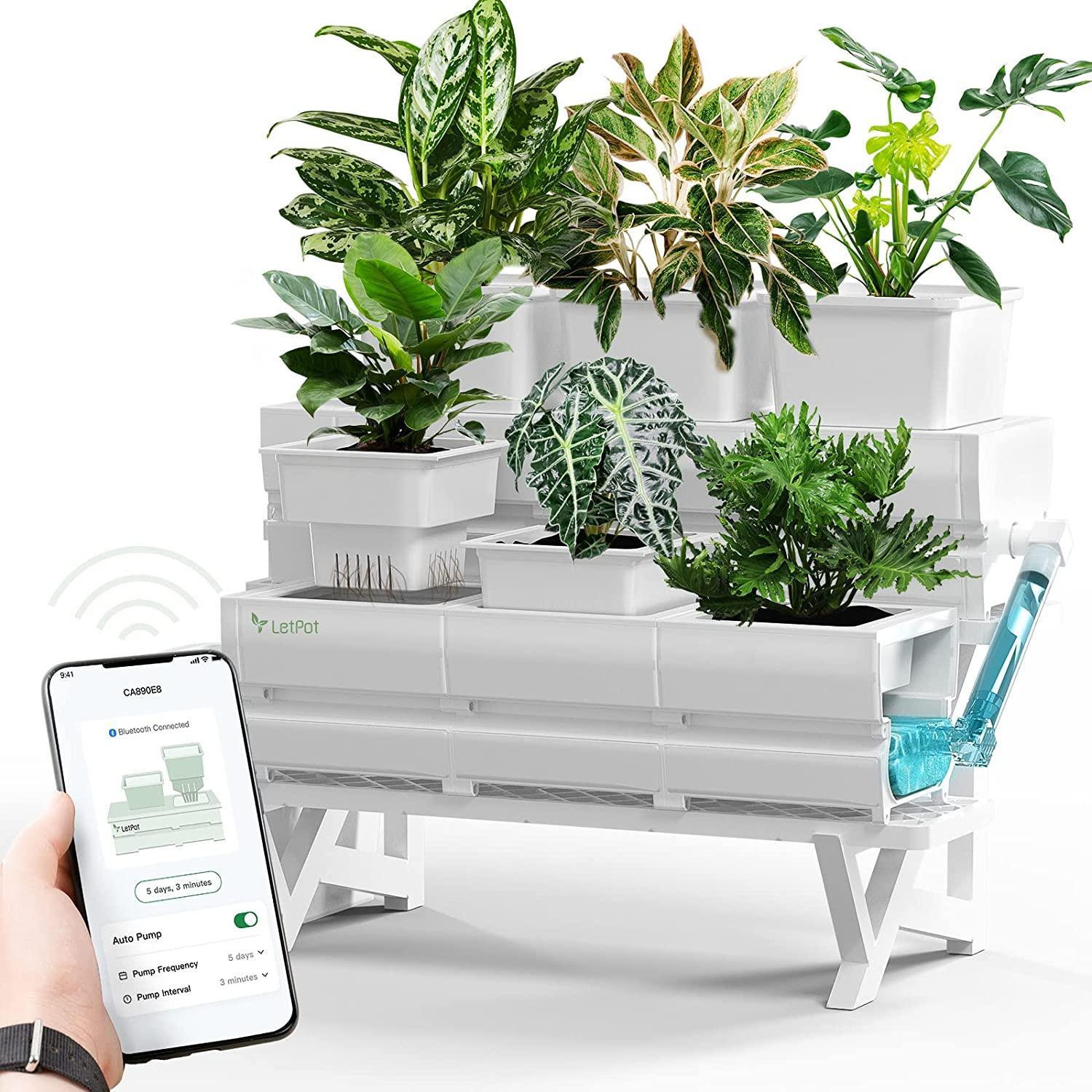
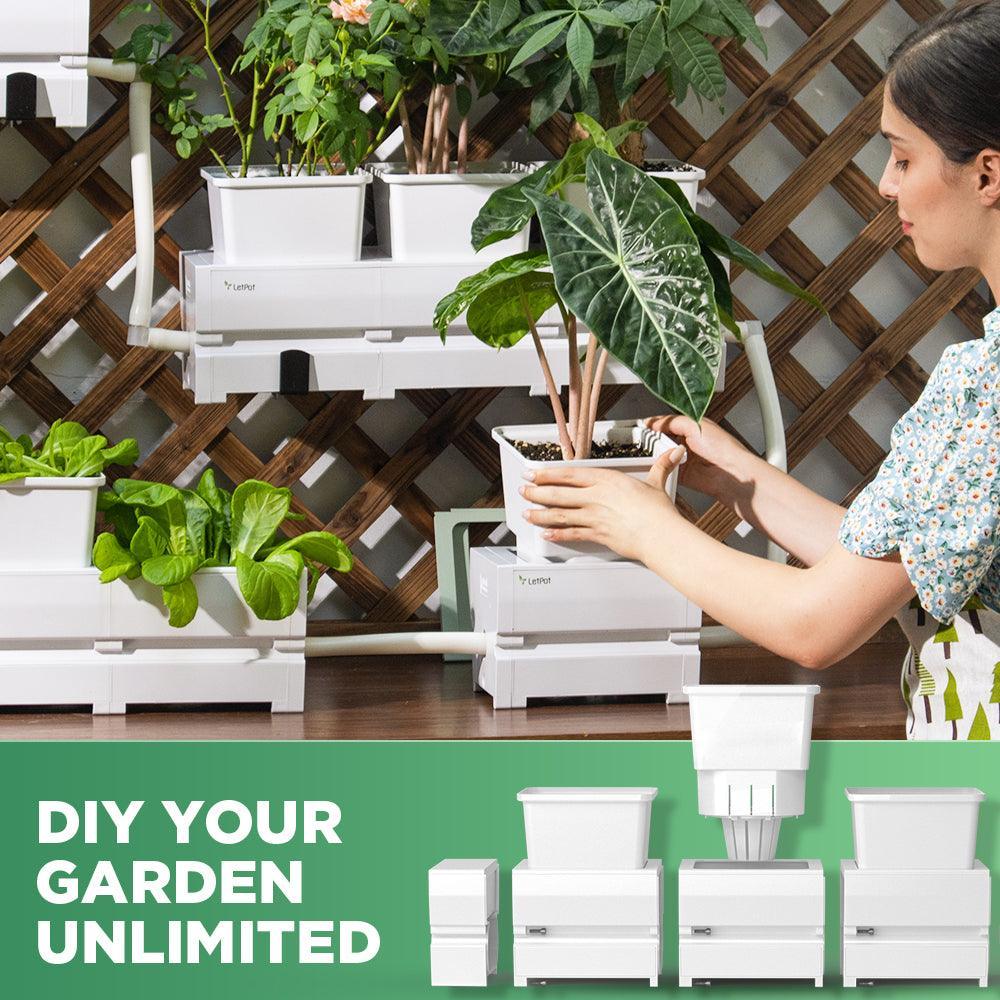

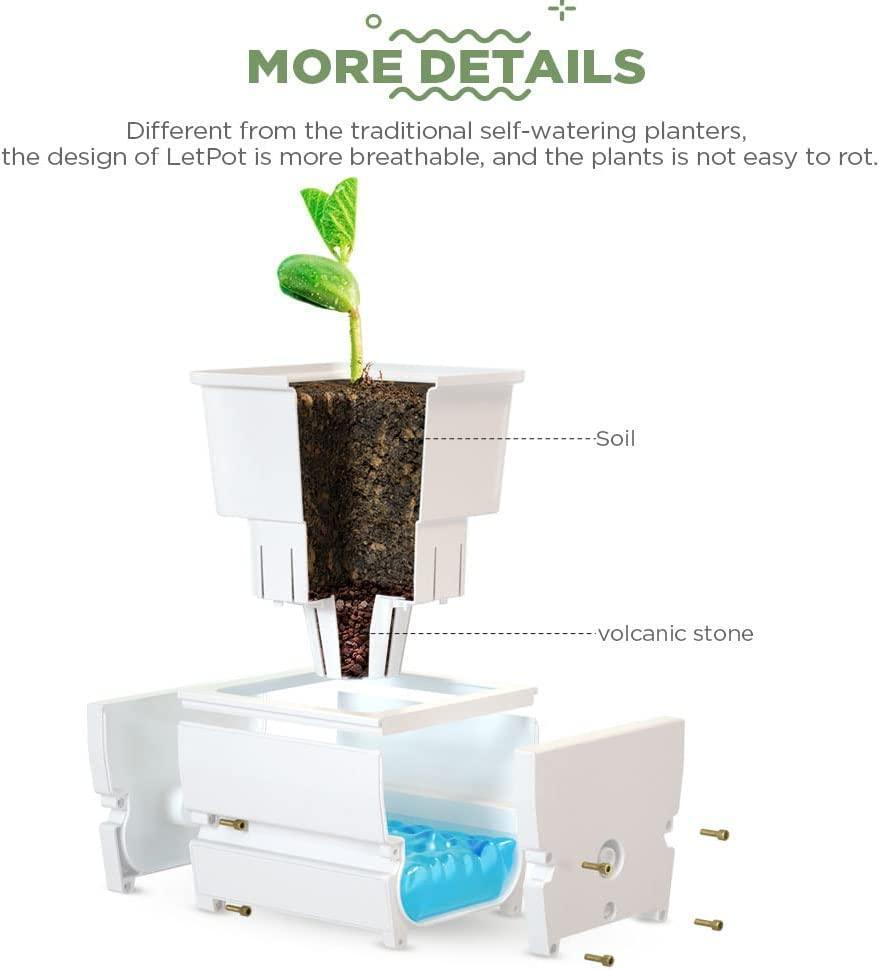


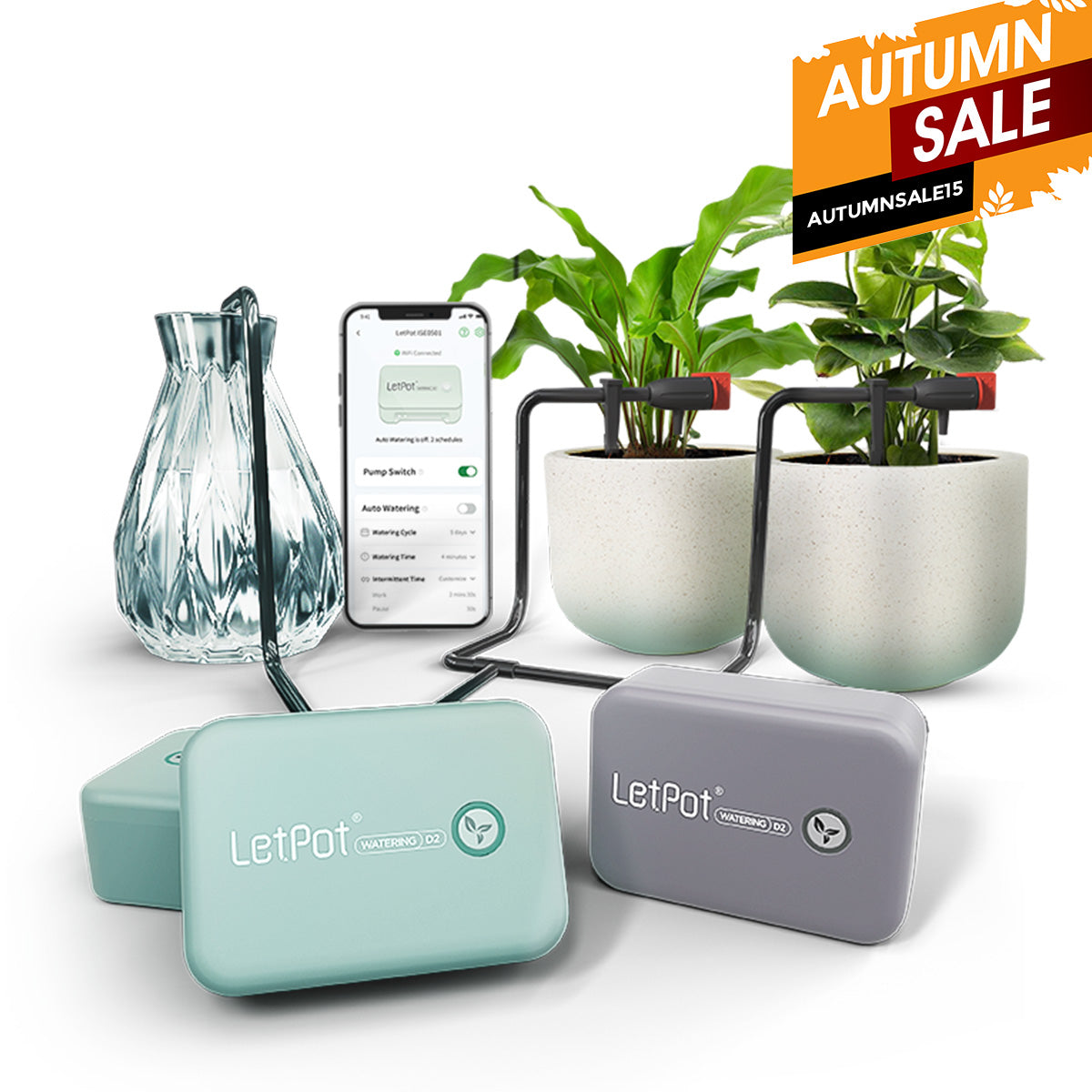
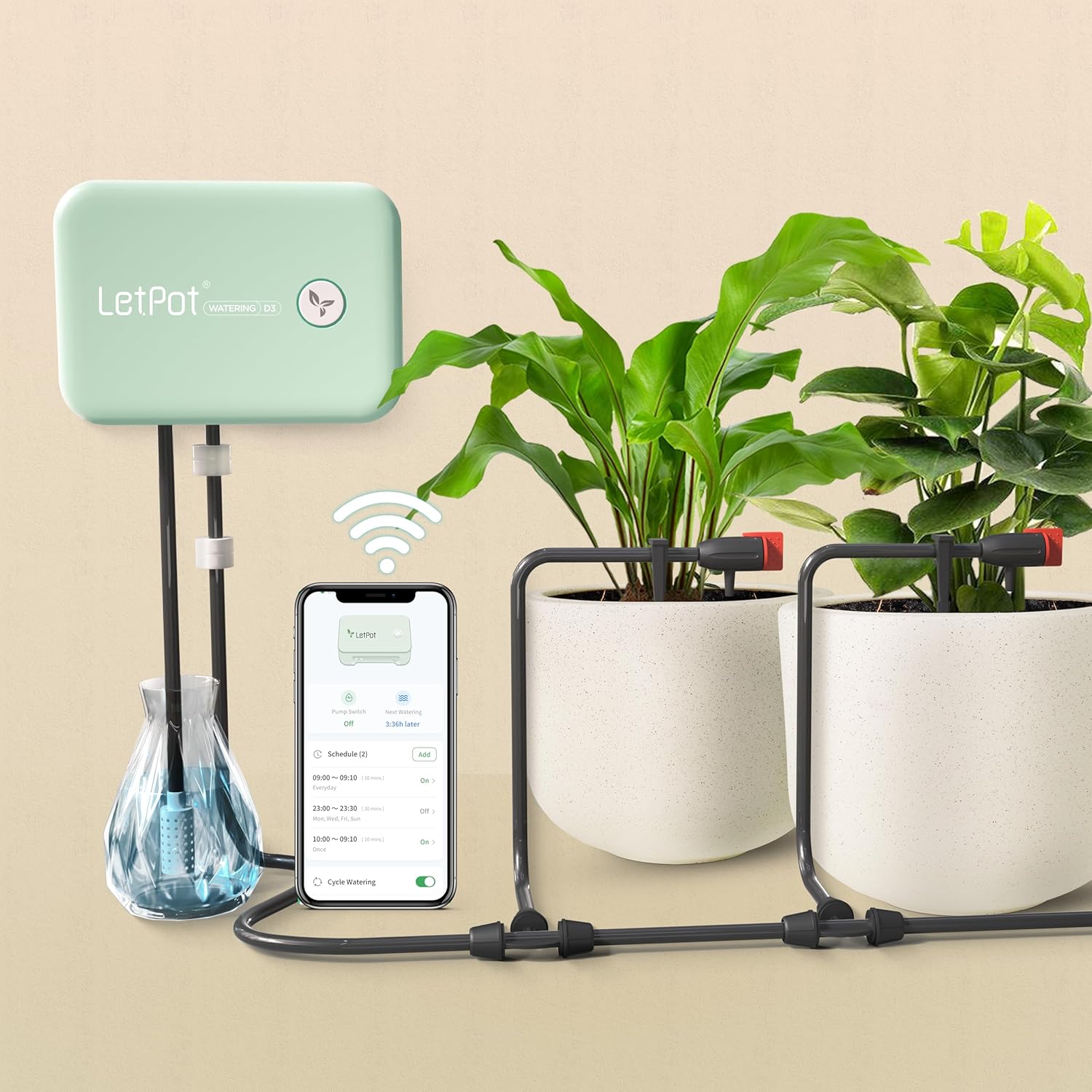
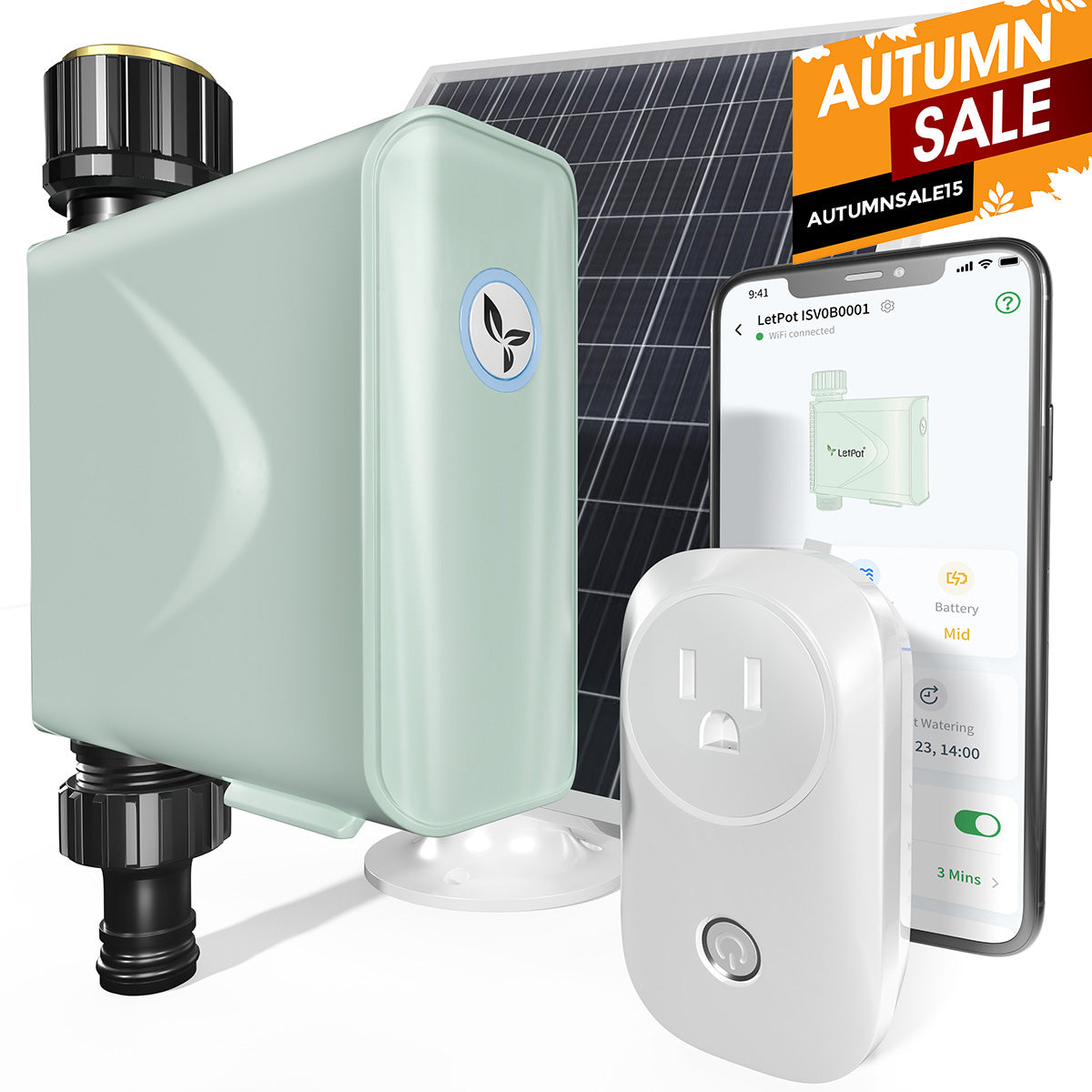
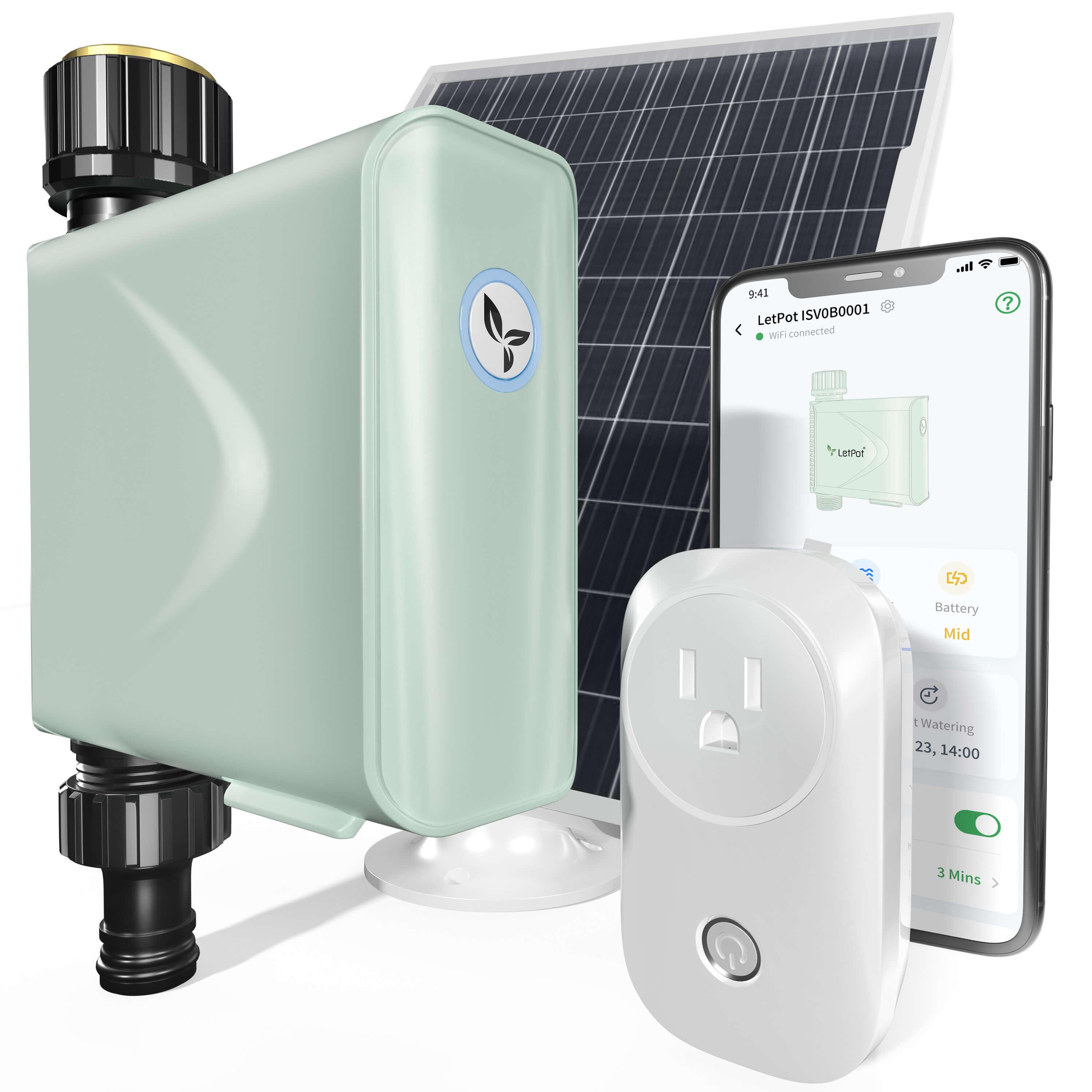
Leave a comment
All comments are moderated before being published.
This site is protected by hCaptcha and the hCaptcha Privacy Policy and Terms of Service apply.